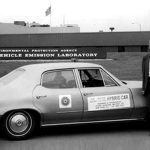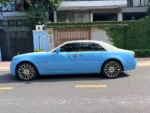Hybrid cars are becoming more and more popular. However, not everyone is aware of the origins of this type of vehicle. Let’s explore what a hybrid car is, when the first hybrid car was introduced, and how this type of car has evolved over time.
The concept of hybrid cars
A hybrid car, also referred to as a plug-in hybrid or electric hybrid car, is a vehicle that utilizes two power sources: an internal combustion engine and an electric motor. The operation of this car combines both the internal combustion engine and the electric motor to achieve optimal efficiency. A controller determines when the internal combustion engine operates, when the electric motor operates, and when both operate simultaneously.
One notable advantage of hybrid cars, especially in Vietnam’s road conditions, is that the engine of a hybrid car does not run when encountering red lights or traffic jams, thereby avoiding unnecessary power losses.
It is surprising to note that the concept of hybrid cars dates back quite a long time. The fundamental purpose of hybrid cars is to assist in the more efficient operation of internal combustion engines, even if they may not save as much fuel. In recent years, electric motor technology has advanced at a faster pace compared to internal combustion engine technology.
The first hybrid car
The first hybrid cars were showcased at the Paris Salon in 1899, manufactured by Pieper, Liège of Belgium and the Vendovelli and Priestly electric transmission company of France. The Pieper car was a parallel hybrid, featuring a small air-cooled gasoline engine assisted by an electric motor and lead-acid batteries. The batteries would be charged while the car was running at a constant speed or when the car was stationary.
When the power demand for driving exceeded the rated power of the engine, the electric motor provided additional power to the engine. This was one of the earliest hybrid cars and the pioneer of the parallel hybrid car. Moreover, it was also the first car equipped with an electric starter.

Another hybrid car introduced at the Paris Salon in 1899 was the first series hybrid car, based on the commercial electric car of the Vendovelli and Priestly company in France. This electric car had 3 wheels, with the two rear wheels driven by two independent motors. It also featured a 3/4 hp gasoline engine and a 1.1 kW generator mounted on the crosspiece and pulled by the car to extend its range by recharging the batteries. The hybrid design was employed in this French car to increase the operating range of an electric vehicle, rather than providing additional energy for a weak internal combustion engine.
A Frenchman named Camille Jenatzy introduced a parallel hybrid car at the Paris Salon in 1903. This car combined a 6 hp gasoline engine and a 14 hp electric motor, capable of recharging the batteries from the engine or assisting the engine. Another Frenchman named H. Krieger built a second series hybrid car in 1902, which utilized two DC motors to drive the two front wheels. These motors drew power from 44 lead-acid batteries, which were recharged by a one-way generator driven by an alcohol engine with a forced ignition spark.
The competition with gasoline engines
Between 1899 and 1914, various parallel and series type hybrid cars were constructed. Although regenerative braking was used in early designs, it was not referred to as such. Most, if not all, of the listed hybrids employed dynamic electric braking by short-circuiting or adding resistors to the conductive portions of the DC traction motor. The Lohner-Porsche (1903) serves as a typical example of this configuration. The widespread use of electrical clutches and electromagnetic clutches should also be noted.
The early generation hybrid cars were designed to provide additional support for weak internal combustion engines during that time, or to extend the range of electric cars. They utilized basic electrical technologies that were available. Despite numerous innovations in their designs, these hybrid cars could not compete with significantly improved gasoline engines after World War I. The latter demonstrated notable improvements in power, becoming smaller and more efficient, which eliminated the need for prolonged assistance from electric motors. The increased cost of adding electric motors and the adverse effects of lead-acid batteries were two factors that contributed to the disappearance of hybrid cars after World War I.
However, the primary challenge in early hybrid car designs was the difficulty in controlling the electric motor. Power electronics did not emerge until the mid-1960s, and early-generation motors were controlled by mechanical switches and resistors. They had limited operating range and were not particularly efficient. Overcoming this difficulty would render them compatible with the range of a hybrid car.
>> Diving deeply into the history of hybrid cars (2)
Thao Anh (VnExpress Auto)

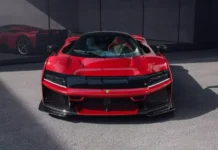

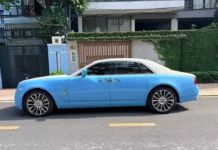
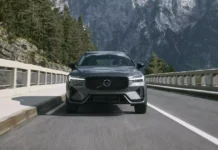


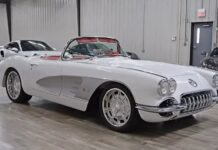
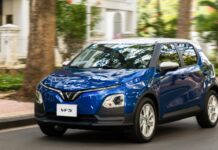
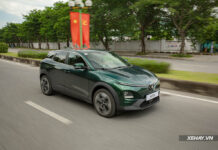
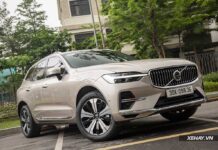






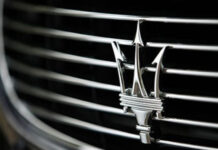



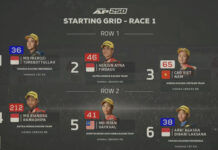



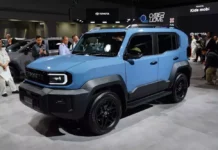

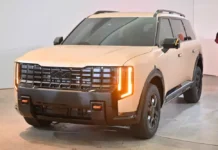


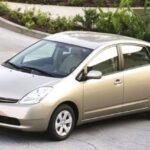
![[QUICK REVIEW] Nissan Kicks e-Power: A Unique Hybrid Experience](https://vnauto.net/wp-content/uploads/2023/11/xehay-NissanKicks-02112022-4-150x150.jpg)

